Advanced therapies
The challenges of analyzing process-related impurities facing developers of advanced therapies and bacteriophages are unique and remarkably complex.
Now, Alphalyse is delivering a new era of process-related impurity analysis based on mass spectrometry (LC-MS). Our unique solutions have finally made LC-MS analysis easy to access – and it is fast becoming the 'must-have' technique for cell & gene therapy analysis.
On demand webinar
LC-MS HCP assay validation and GMP release testing for complex samples
An MS-based assay is ideal when the complexity of your therapeutic makes it challenging to find or develop an adequate ELISA. The focus in this webinar is on the analytical methods for characterizing HCPs, residual proteins, viral vector proteins, and other proteins in highly complex products - and use the data for release testing.

How an LC-MS assay can help you
Bringing absolute clarity to protein impurity analysis
Within weeks, one assay unlocks the identity and quantity of all proteins irrespective of their source, even if they originate from several different host species. The data allows you to understand and control the purification process and ensure consistent product quality, purity, regulatory compliance, and patient safety.
The LC-MS assay is applicable for products based on lentivirus, retrovirus, adenovirus (oncolytic virus), adeno-associated virus (AAV) vectors, bacteriophages (phage therapy), and more.

Host cell protein analysis
Assess the presence and potential impact of process-related impurities on your product. Identify and quantify residual proteins at each stage of the downstream process to ensure all impurities of concern can be efficiently removed.
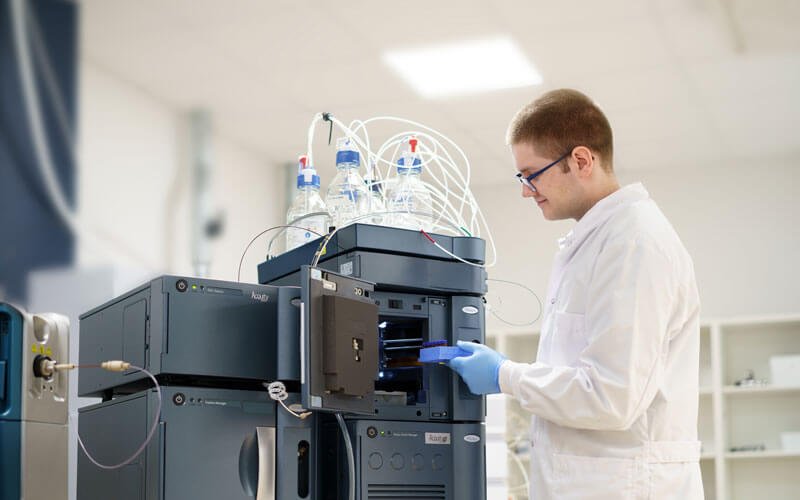
Product characterization services
Gain a thorough understanding of your biotherapeutic product. Optimize your process design and ensure that your product achieves all safety, purity, and potency attributes required by regulatory authorities.
Insight articles
Whatever ELISA-related challenge or question you may have, we are here to help you solve it. One of our protein analysis experts will discuss the best analysis approach or method for your project by email or online meeting – without obligation.
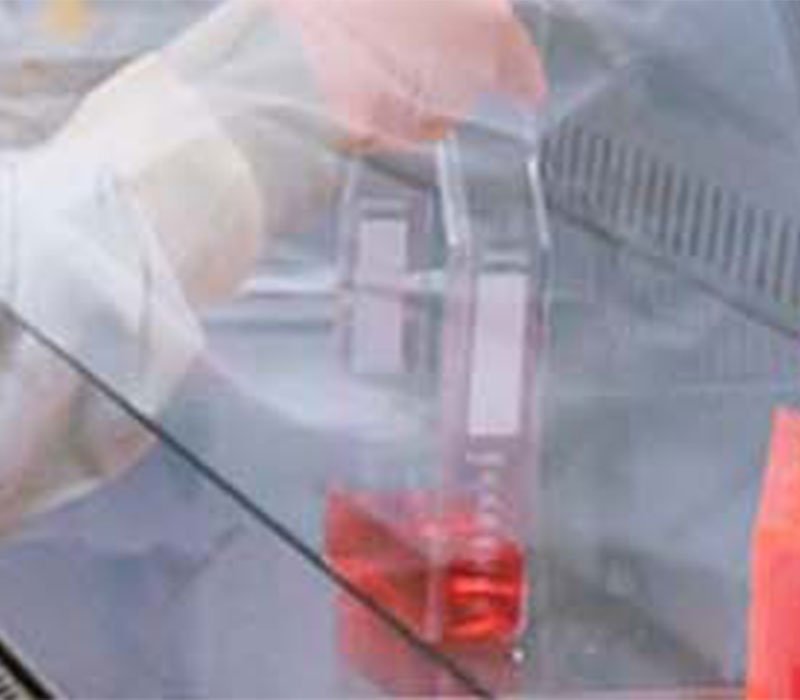
Ensuring process consistency and product quality in C>
As industry regulators increasingly request data quantifying host cell and viral proteins, orthogonal analysis methods become more critical. We examine why LC-MS is likely to become the gold standard.


FDA requests increased product consistency of C>s - better analytics required
Find out how LC-MS can address increasing demands from the regulatory agencies for documentation of quality attributes in C>s.

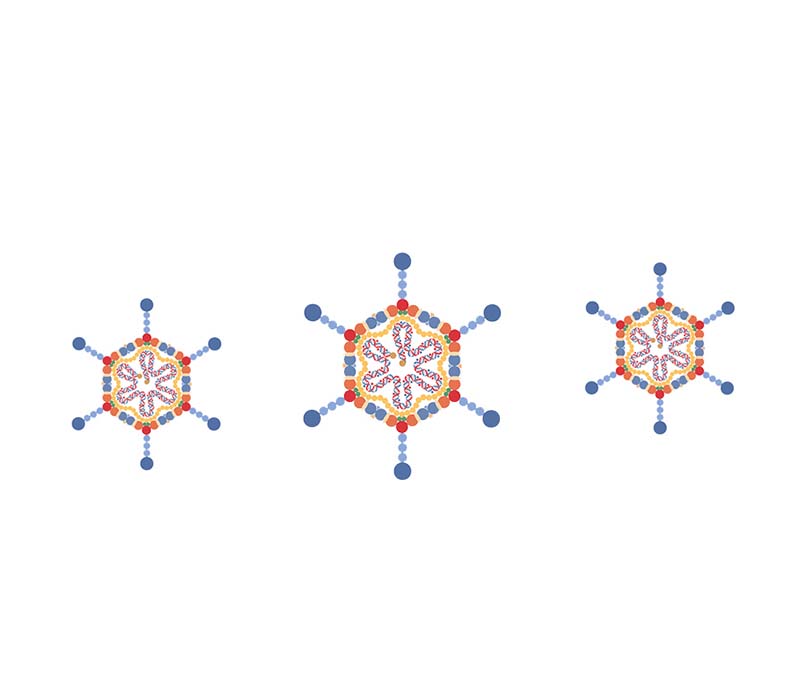
Why you should worry about process-related impurities in C>s development
In light of newly-updated regulatory guidelines for process-related impurity monitoring, we discuss the reasons why SWATH LC-MS is the superior analytical choice for process-related residuals.

Insight articles
Whatever ELISA-related challenge or question you may have, we are here to help you solve it. One of our protein analysis experts will discuss the best analysis approach or method for your project by email or online meeting – without obligation.

Ensuring process consistency and product quality in C>
As industry regulators increasingly request data quantifying host cell and viral proteins, orthogonal analysis methods will become more critical. We examine why LC-MS is likely to become the gold standard.

The FDA requests increased product consistency of C> manufacturers - better analytics required
Find out how LC-MS can address increasing demands from the regulatory agencies for documentation of quality attributes in C>s.

Why you should worry about process-related impurities in C>s development
With newly published regulatory guidelines for process-related impurity monitoring, we discuss the reasons for using SWATH LC-MS for analyzing these process-related residuals.
Looking for inspiration?
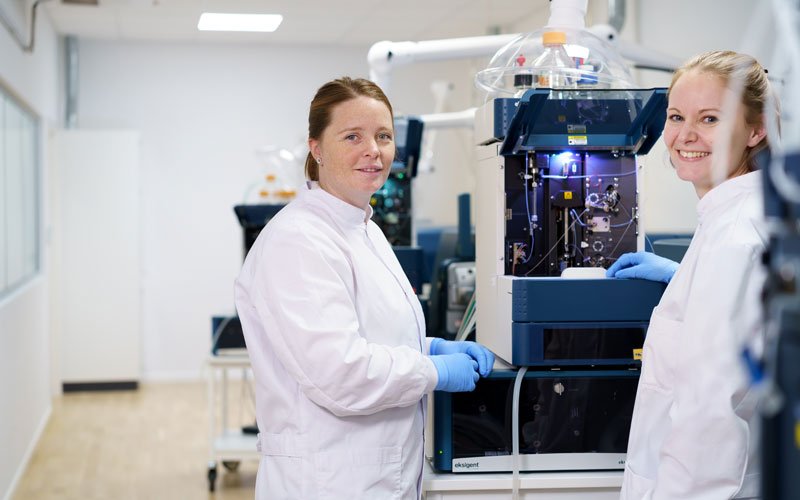
Client success stories
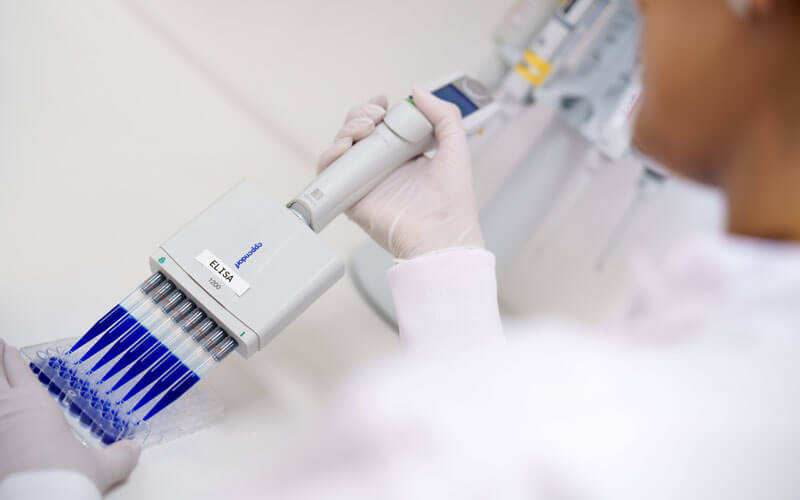
Webinars and videos
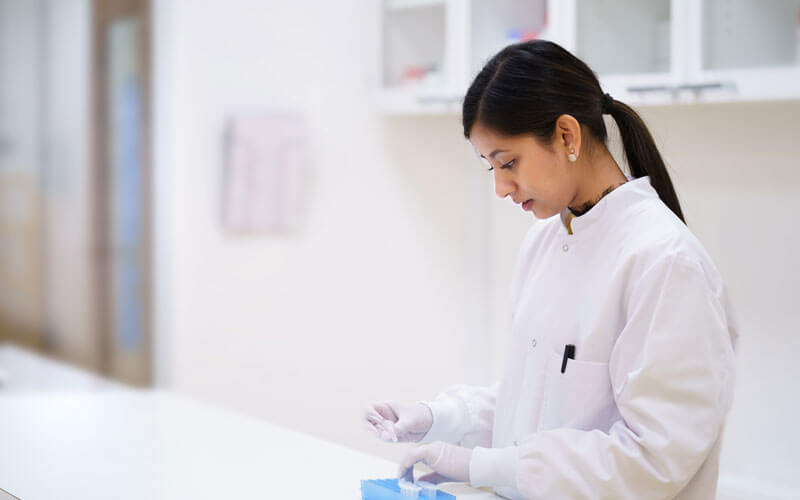
Literature
What clients say
LC-MS analysis works for all expression systems

Mammalian
Hamster
CHO, BHK
Human
A549, CAP®,
HEK293, HEK293T,
HeLa, Hep G2, HKB
11,HT-1080, HuH-7,
MCF-7, MRC5,
PER.C6®, U-2 OS, Y79
Monkey
Vero
Mouse
CAD, C127, GS-NS/0,
J558L, L929, NS/0,
3T3, NIH-3T3, P19,
PG13, Sp2/0
Dog
MDCK
Bacterial
E. coli
Staphylococcus
S. aureus
S. caprae,
S. epidermidis
S.lugdenensis
Enterococcus
E. faecalis
E. faecium
Pseudomonas
P. Aeruginosa
P. fluorescens
A. baumannii
B. subtilis
B. choshinensis
L. lactis

Yeast
P. pastoris
S. cerevisiae
S. pombe
H. polymorpha

Insect
S. frugiperda
Sf9, Sf21
Drosophila
Schneider S2
Trichopulsia ni (Tni)
High Five™ (Hi5)
A. californica

Plant
N.benthamiana (tobacco)
BY-2 and VBI-0
P. patens (moss)
Oryza sativa (rice)
Curious to know more?
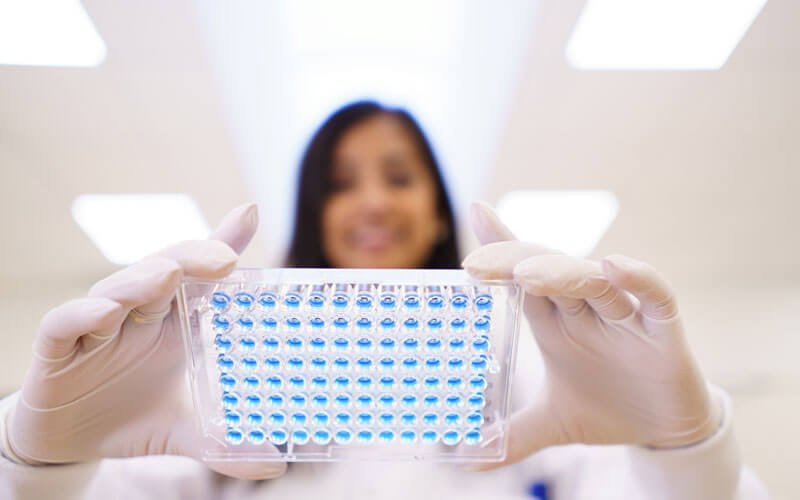
We offer customized solutions, contact us to discuss your project.
FAQ
Regulatory standards and clinical administration require thorough documentation of quality attributes pertaining to drug product identity, purity, potency, stability, and safety. However, the high complexity of C>s poses a considerable challenge for impurity and product characterization strategies.
Unlike traditional biologics, which are typically manufactured by expressing one recombinant protein in a single cell line, advanced therapies contain highly heterogeneous protein mixtures from multiple sources and organisms. Traditional biologics also have well-defined manufacturing processes supported by established analytical methods, whereas the manufacturing processes for cell & gene therapies are often still in development.
Improved analytical tools, such as mass spectrometry (LC-MS), ensure process consistency and quality and meet regulatory requirements for product release and characterization.
Talk to us
Whatever protein-related challenge or question you may have, we would love to help. Our experts can help you decide on the best analytical approach for your project by email or online meeting - providing advice without obligation.

